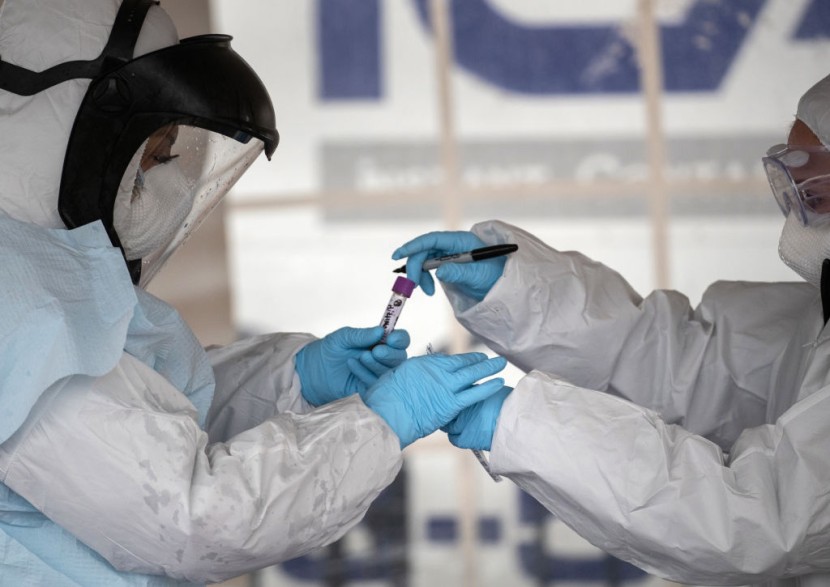
Scientists identified more than two dozen pathogens that have the potential to trigger the next global pandemic.
Over 200 scientists from 54 countries contributed to the two-year study published July 30 by the World Health Organization. Throughout their research, they analyzed more than 1600 pathogens from 28 viral families and one core group of bacteria, according to the report.
Scientists narrowed down and identified the 30 most dangerous viruses and bacteria – classified as "priority pathogens" – that pose a pandemic-level threat to humans. Among the list are the viral families that cause monkeypox, COVID-19, dengue fever, and six flu strains.
These pathogens and more than 20 others are at an elevated risk of triggering the next Public Health Emergencies of International Concern (PHEIC), scientists determined. Previously, scientists only identified roughly 10 priority pathogens in 2017 and 2018, according to the report.
"The prioritization process helps identify critical knowledge gaps that need to be addressed urgently," and ensure the efficient use of resources, the WHO's Ana Maria Henao Restrepo explained, according to Scientific American.
A majority of the viruses on the list are constricted to certain regions of the world, Naomi Forrester-Soto, a virologist at the Pirbright Institute in the UK pointed out, but the potential for worldwide transmission remains high.
"There isn't really any one place that is most at risk," she said of the Togoviridae family, which includes the mosquito-transmitted Chikungunya virus.
There is also the possibility the viruses could be used "by terrorists as a biological weapon", Neelika Malavige, an immunologist at the University of Sri Jayewardenepura in Colombo, Sri Lanka, explained.
The study's strategy is aimed at bolstering "the capability to respond efficiently to unforeseen variants, emerging pathogens, zoonotic transmissions, and unknown threats such as 'Pathogen X,'" the report read.
"It also emphasizes the need for prompt identification and characterization of emerging threats, the streamlining of global R&D efforts, via collaborative and efficient research roadmaps and the integration of research into outbreak and pandemic response."
© 2025 HNGN, All rights reserved. Do not reproduce without permission.









